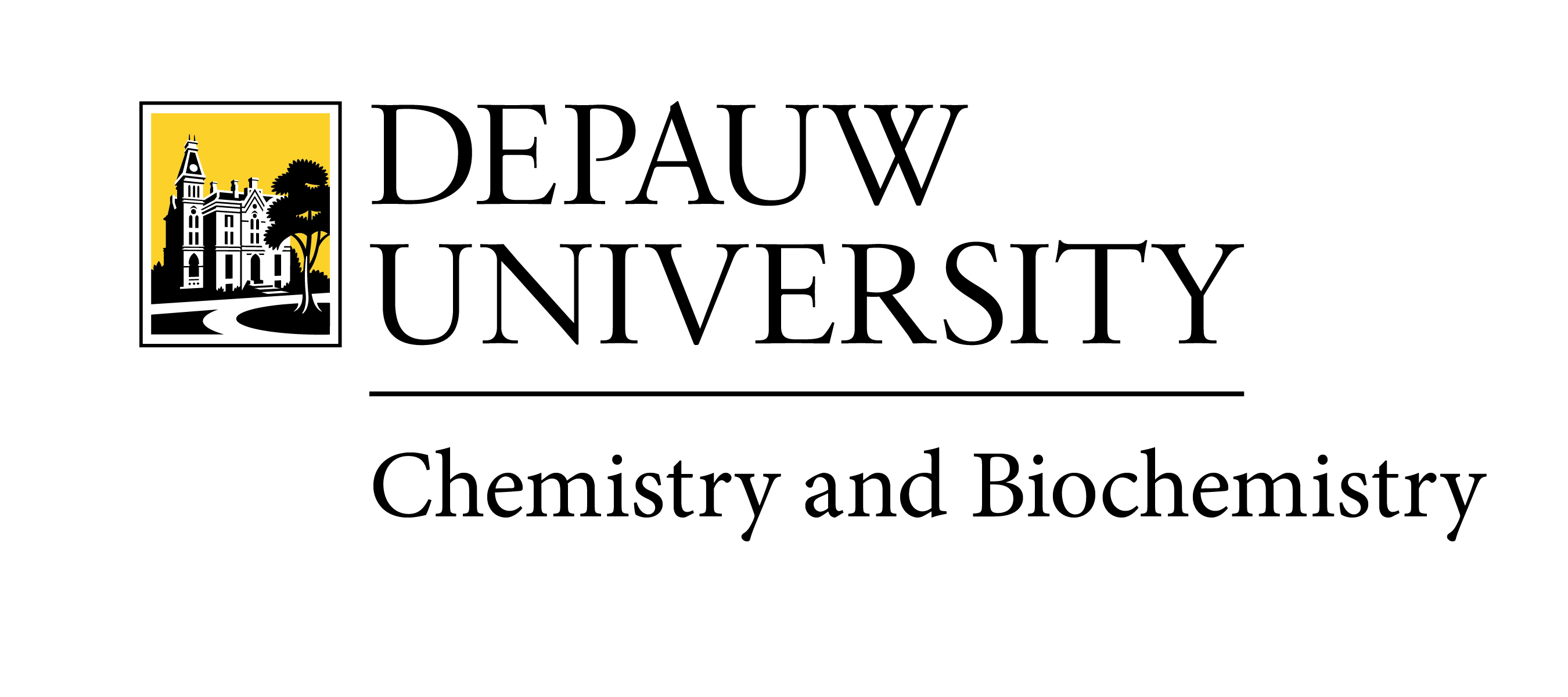Title
Cu(II)-mediated intramolecular carbene cation radical formation: relevance to unimolecular metal-ligand radical intermediates
Document Type
Article
Publication Date
1-16-2002
Abstract
We report the syntheses of the photochemically labile 9-diazo-4,5-diazafluorene (1) framework and the corresponding Cu(9-diazo-4,5-diazafluorene)(2)(NO(3))(2) compound (2). The X-ray structure of 2 reveals a 6-coordinate, tetragonal geometry with one nitrogen donor of an asymmetrically chelated diazafluorene in the equatorial position and the other defining the weak Jahn-Teller axis. The nitrate counterions bind in a monodentate fashion in the equatorial plane to complete the coordination sphere. Extended Hückel calculations reveal that the unusual solid-state structure derives from the enlarged bite angle of the fluorene skeleton and steric interactions between the adjacent hydrogen atoms in the higher energy (0.45 eV) symmetrically coordinated state. This is in contrast to Cu(py)(4)(NO(3))(2) which is 1.3 eV more stable with the nitrate counterions bound along the Jahn-Teller axis. Electron paramagnetic resonance (EPR) studies in solution reveal that the nitrates dissociate to yield 6-coordinate CuN(2)X(2)N(2)' structures with either a bound chloride ion (g(x) = 2.10, g(y) = 2.04, g(z) = 2.23, A(z) = 177 x 10(-4) cm(-1)) or a mixture of counterion and solvent (g(x)(a) = 2.05, g(y)(a) = 2.06, g(z)(a) = 2.29, A(z)(a) = 170 x 10(-4) cm(-1); g(x)(b) = 2.07, g(y)(b) = 2.08, g(z)(b) = 2.34, A(z)(b) = 155 x 10(-4) cm(-1)). Photolyses of 1 and 2 indicate loss of N(2) and formation of either carbene ([D/hc] = 0.408 cm(-1), [E/hc] = 0.0292 cm(-1)) or Cu(I)-L(*)(+) (S = (1)/(2), g = 2.0019) intermediates, which are identified by EPR, UV-vis, and time-dependent density functional theory methods. The results illustrate the important role redox active transition metals play in determining the nature of fundamental metal-ligand radical intermediates.
Recommended Citation
Jamieson, E. R.; Eppley, H. J.; Geselbracht, M. J.; Johnson, A. R.; Reisner, B. A.; Smith, S. R.; Stewart, J. L.; Watson, L. A.; Williams, B. S. Inorganic Chemistry and Ionic: An Online Community Bringing Cutting-Edge Research into the Classroom. Inorganic Chemistry 2011, 50 (13), 5849–5854 DOI: 10.1021/ic2006919.


